NASA Report on EmDrive Success Tests Published
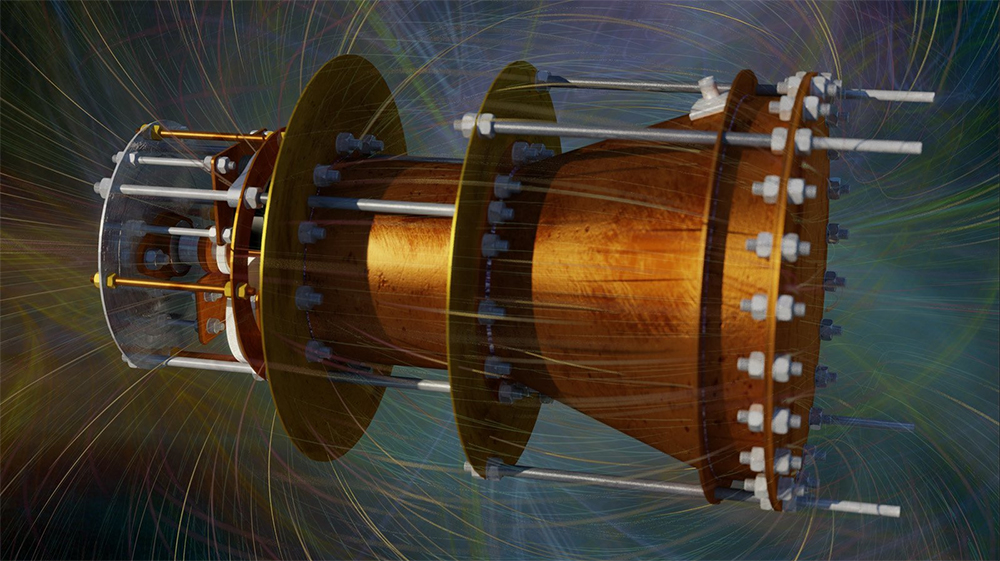
Scientists and engineers since 2001 continue to argue about the possibility of the existence of an electromagnetic EmDrive engine, which creates cravings in a closed loop, without exhaust. Such an engine seems to violate the law of conservation of momentum. On the other hand, but dozens of tests show de facto its performance in spite of Newtonian physics. According to scientific principles, it is impossible to recognize the engine as efficient, if there is no generally accepted explanation of its operation. Therefore, the experiments continue.
Not only enthusiasts are experimenting with a strange engine. Tests are held at NASA . Working on an incomprehensible principle, the engine produces thrust even in a vacuum, where any thermal convection is excluded.
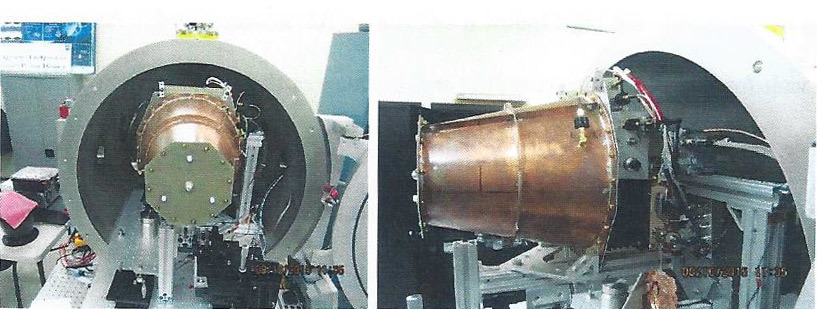
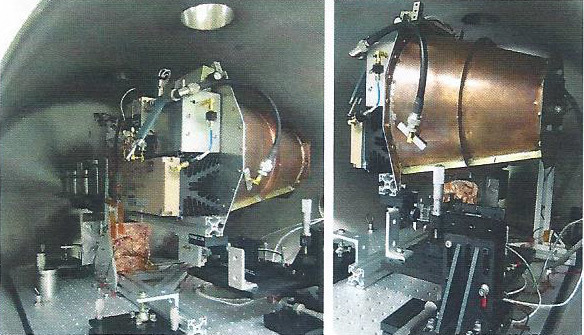
EmDrive test facility in the laboratory of the Space Center. Lyndon Johnson
According to the EmDrive principle of operation , a magnetron generates microwaves, the energy of their oscillations accumulates in a high-quality resonator, and the fact that there is a standing wave of electromagnetic oscillations in a closed resonator of a special form is a source of thrust. The physical principle of operation is not completely clear.
Meanwhile, NASA has now got an official report on engine testing ( copy ). The authors of the report - employees of the Space Center. Lyndon Johnson . This is the NASA center for the development of manned spacecraft near Houston.
Two months ago on the NASA Spaceflight forumI mentioned this scientific paper entitled "Measurement of Radio Frequency closed cavity impulse thrust in vacuo". It was rumored that she had an independent examination and will soon be published at the American Institute of Aeronautics and Astronautics (AIAA). The authors include Harold White, Paul March, James Lawrence, Jerry Vera, Andre Sylvester, David Brady and Paul Bailey [Harold White, Paul March, James Lawrence, Jerry Vera, Andre Sylvester, David Brady, Paul Bailey]. All - the staff of the Space Center. Lyndon Johnson.

Transverse Magnetic Force (Transverse Magnetic 212 Mode) power lines in a cavity filled with a dielectric. The red lines represent the electric field, the blue lines represent the magnetic field.Illustration from the scientific article "Measurement of pulsed thrust of a closed radio frequency cavity in vacuum"
The article states that the EmDrive engine developed thrust with a power factor of 1.2 ± 0.1 mN / kW.
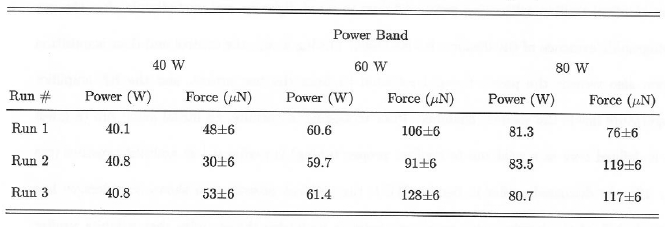
The engine really works, and with such a burden, it really can be used in astronautics. Compare the EmDrive result with other types of engines. For example, the best engine on the Hall effect produces up to 60 mN / kW, that is, about 50 times more than EmDrive. On the other hand, solar sails and photon engines - also power plants without fuel - generate thrust two orders of magnitude lower than EmDrive (3.37–6.67 micronyutons per kilowatt).
At NASA, a test facility based on a torsion pendulum was designed to test the engine under laboratory conditions.
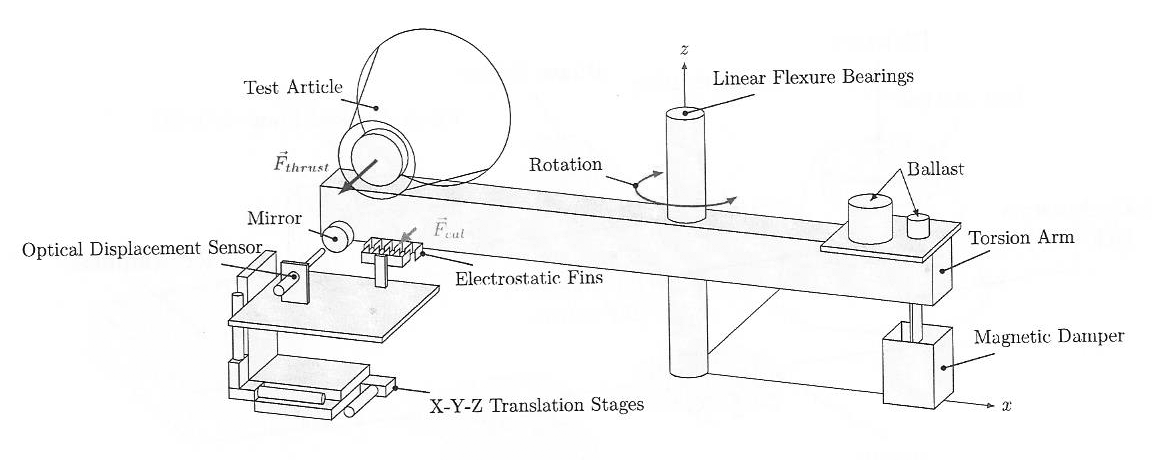
Simplified test rig design based on a torsion pendulum.

Test setup block diagram. A
published NASA report indicates that EmDrive laboratory tests have been completed - and the engine has been proven to work. The next step should be his tests in space .
A spacecraft with this type of engine can be sent over a long distance - this will become even more convincing clear evidence of EmDrive operation.
Before the real operation of the EmDrive, engineers will have to work to increase the efficiency and thrust of this engine. According to the calculations of enthusiastsIf you increase the power of the EmDrive power plant and supply it with hydrogen and oxygen fuel cells, such an engine on the ISS will reduce the number of cargo missions with fuel to the station, reduce the number of maneuvers to accelerate the ISS , which will reduce the load on the station supporting structures and extend its service life .
For a conventional geostationary satellite, replacing a conventional engine and fuel transfer to an EmDrive means reducing the weight from 3 tons to 1.3 tons.
And the most interesting. According to NASA engineer Paul March (Paul March), a spacecraft with EmDrive technology can surpass the technical characteristics of the concept ship with the first version of WarpStar-1 warp engine on IXS Enterprise (IXS-110) from Star Trek universe .

Technical characteristics of WarpStar-1
From this conceptual historical engine, the use of warp technology and the development of deep space by mankind began.
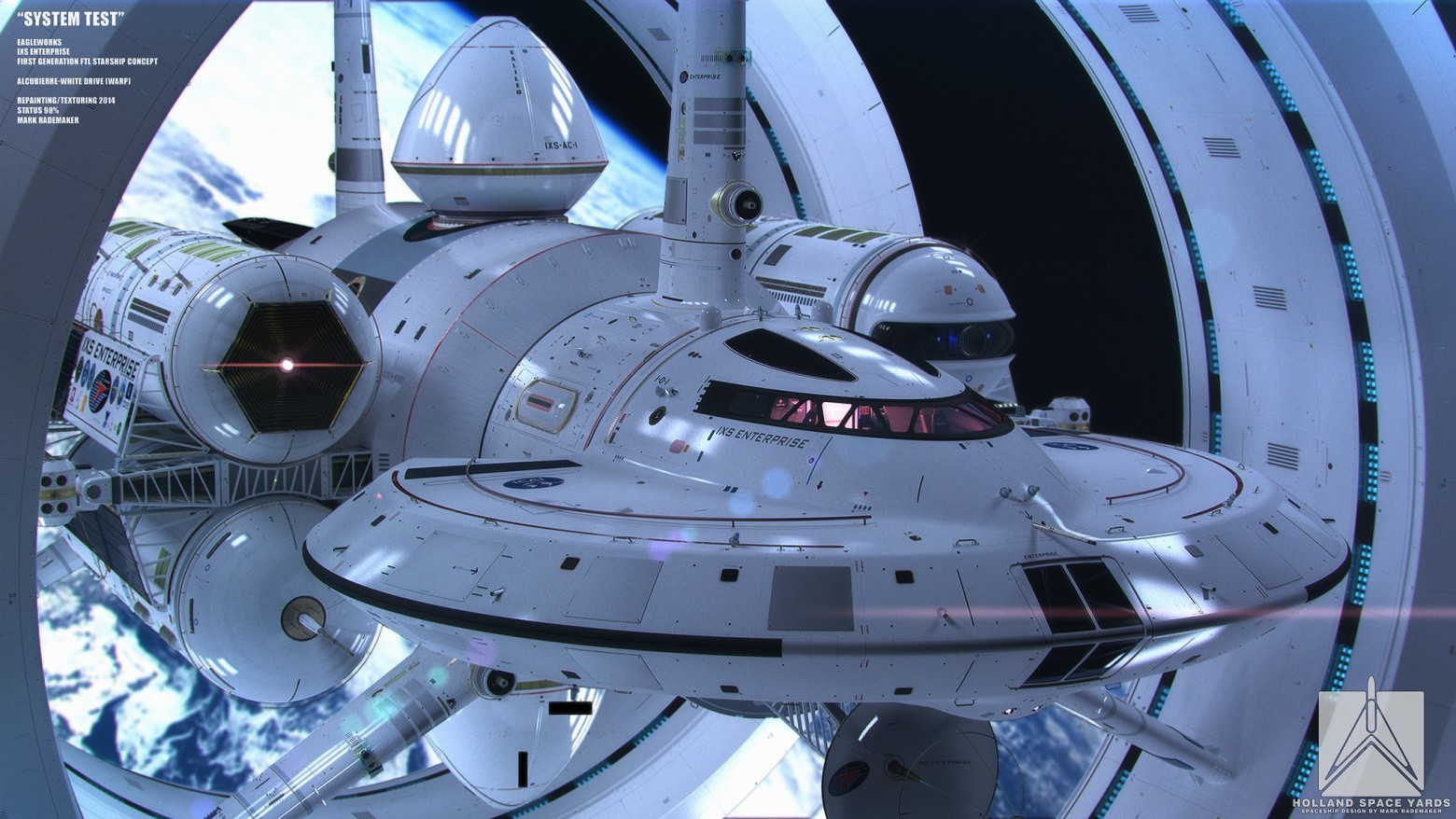
IXS Enterprise (IXS-110) takes off from the docks.
According to the estimates of a NASA engineer, such a ship with the EmDrive is able to deliver six passengers and luggage from Earth to the Moon, and then return back in a four-hour interval. Engineers believe that improving the EmDrive powerplant with nuclear fuel will reduce the flight time to Mars to 70 days .
